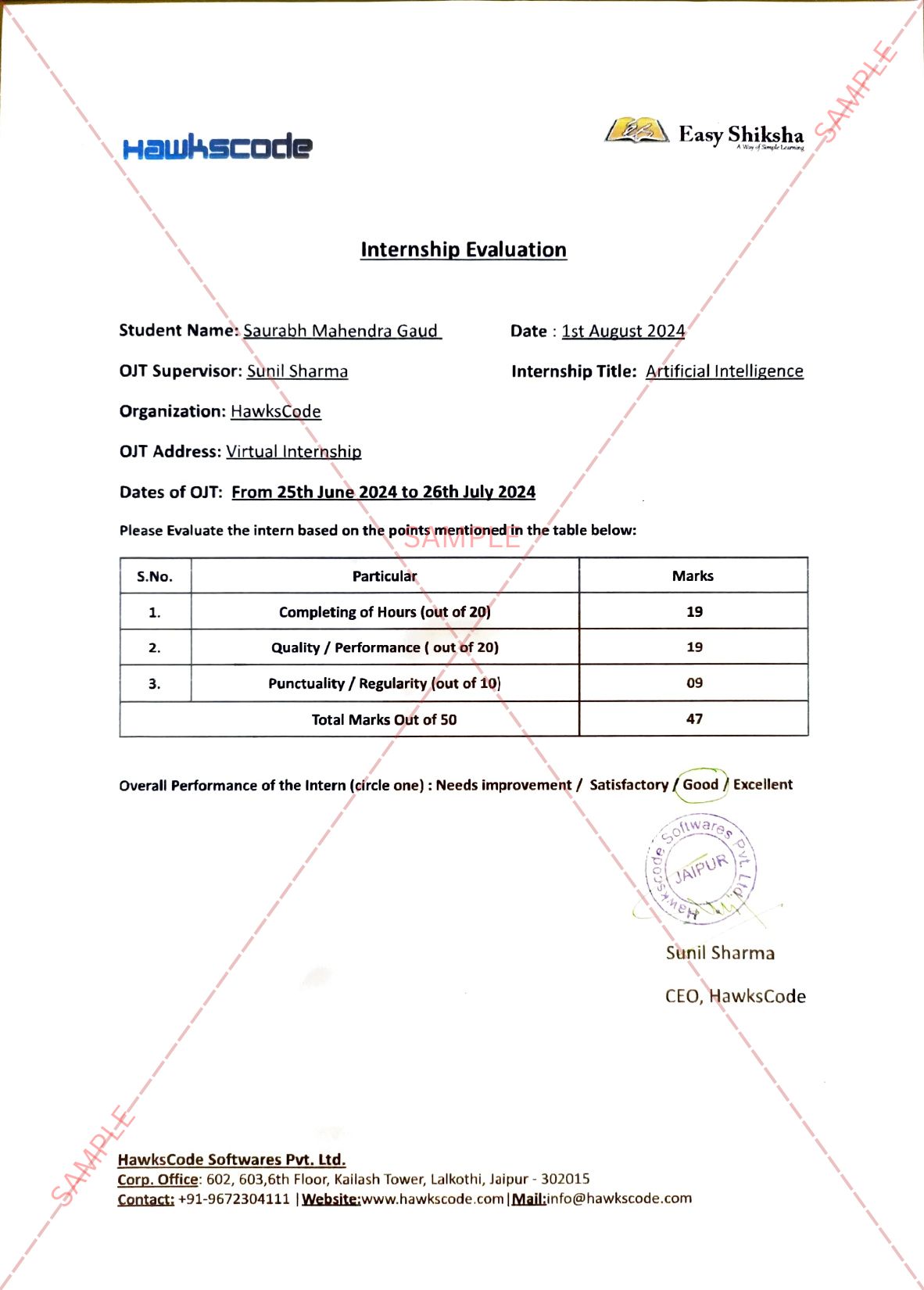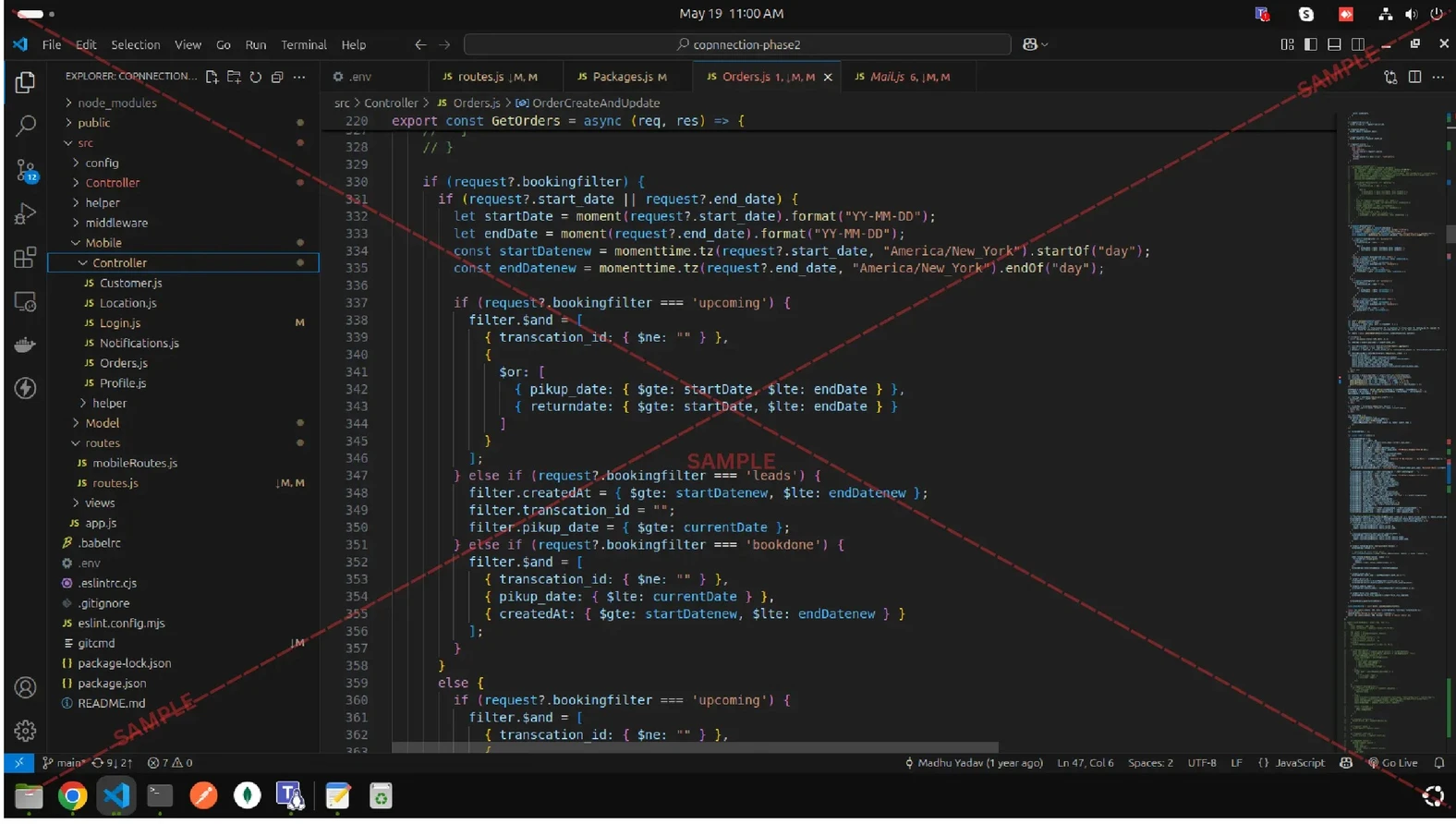










India, March 2, 2021: Towards International Women’s Day 2021, LinkedIn, the world’s largest professional network, has launched the Opportunity Index 2021 report, a composite measure that seeks to understand how people perceive opportunities and the barriers that stand in the way of achieving them. This year’s report dives deep to understand how women perceive opportunities, and how the gender gap is further slowing down career progress for working women in India amid the pandemic. LinkedIn’s findings show that 9 in 10 (89%) women state they were negatively impacted by the COVID-19 pandemic.
Fight for equal pay and opportunity continues; India’s working women battle strongest gender bias across APAC
The report shows that even though 66% of people in India feel that gender equality has improved compared to their parents’ age, India’s working women still contend the strongest gender bias across Asia Pacific countries. When asked about their reasons for being unhappy with opportunities to advance in their careers, 1 in 5 (22%) working women in India said their companies exhibit a ‘favourable bias’ towards men at work, when compared to the regional average of 16%.
The LinkedIn Opportunity Index 2021 highlights the difference in perception of available opportunities in the market for men and women in India. While 37% of India’s working women say they get fewer opportunities than men, only 25% of men agree with this. This disparity in perception is also seen in conversations about equal pay, as more women (37%) say they get less pay than men, while only 21% men share this sentiment.
A deeper analysis shows that more women in India have experienced the impact of gender on career development when compared to the APAC region. In India, more than 4 in 5 working women (85%) claim to have missed out on a raise, promotion, or work offer because of their gender, compared to the regional average of 60%.
Lack of time and family care stop 7 in 10 Indian women from progressing their careers
In India, the top three job opportunities sought by both men and women are job security, a job that they love, and good work-life balance. But despite having similar goals, more women (63%) think a person’s gender is important to get ahead in life, when compared to men (54%).
Consumer sentiment from the report shows that more than 7 in 10 working women (71%) and working mothers (77%) feel that managing familial responsibilities often comes in their way of career development. In fact, about two-thirds of working women (63%) and working mothers (69%) said they have faced discrimination at work because of familial and household responsibilities.
While job security is critical for working women across India, women are laying more emphasis on the type of employer they choose to work with, the recognition they will receive for the work they do, and on the skills that will be utilised on the job. As per LinkedIn’s findings, they are actively seeking employers who treat them as equal (50%), while 56% are looking to get recognition at work for what they do.
Lack of required professional skills, and a lack of guidance through networks and connections are also some of the other barriers that get in the way of career development for working women in India.
Organisations should step up to provide robust maternity policies and flexibility programs
Women have been disproportionately impacted amid Covid-19, and the expectations to juggle home and work life have wreaked havoc in their lives. As a result of the barriers faced by women at work, more than 1 in 2 women and working mothers in India expect organizations to offer reduced or part-time schedules (56%) and robust maternity leaves and policies (55%) to make the transition smoother.
Telecommuting or Work-From-Home has also been appreciated by women across the workforce in India during the pandemic, and it is seen as the top-ranking demand for women in the workforce today, along with other flexibility programs.
More than 1 in 2 women are also looking for more professional connections and mentors who can help them advance their careers, as 65% women agree that lack of guidance through networks is a key opportunity barrier.
“Gender inequality at work and added domestic responsibilities amid the pandemic have collectively made women’s jobs more vulnerable at this time. As COVID-19 continues to widen these gaps, this year’s LinkedIn Opportunity Index report suggests that it is the need of the hour for organisations to reimagine their diversity practices and offer greater flexibility to caregivers, in order to increase female participation in the workforce. Reduced and flexible schedules, more sabbaticals, and new opportunities to upskill and learn are critical offerings that can help organizations attract, hire, and retain more female talent,” says Ruchee Anand, Director, Talent and Learning Solutions, India at LinkedIn.
Besides highlighting the pandemic's disproportionate impact on women, this year's research also uncovers how an ailing economy and working in isolation continues to negatively impact the lives of the entire Indian workforce.
9 in 10 Indians faced pay cuts, job losses, and reduced work hours due to COVID-19
Over 4 in 5 (86%) Indians state that they were negatively impacted by the pandemic, while 9 in 10 said they were affected by COVID-19 in terms of job retrenchment, pay cuts, and reduced working hours. In addition to shrinking opportunities, professionals in India also battle the perils of working in isolation, as over 3 in 5 (65%) Indians cited lower productivity while working from home. Further analysis shows that too many distractions, interrupted internet connectivity, and difficulty in planning work are the top most setbacks faced by professionals in India when working remotely.
Upskilling and new career paths gain focus in an ‘economy of change’
Climbing out of the economic slump in 2020, India remains resilient towards recovery as 2 in 3 (65%) professionals expect the economy to improve by June 2021. Learning and upskilling is seen as imperative to future-proof their careers in this current climate, and about 3 in 5 (57%) Indians are actively looking to learn new hard skills such as Artificial Intelligence, Cloud Computing, and Business Analytics, and soft skills such as Creative Thinking, Problem Solving, and Time Management. Many professionals are also shielding from the pandemic by pivoting to more relevant careers with 1 in 2 (51%) professionals looking to shift to new career paths, and 3 in 5 (61%) are pursuing roles that allow them to use their skills.
To help people and businesses take steps to improve gender equality in the workplace, LinkedIn is making 5 LinkedIn Learning courses available for free till March 31, 2021:
Check out this blog post by Feon Ang, Vice President - APAC Talent & Learning Solutions, LinkedIn, on how the Covid-19 has widened the gender gap across APAC.
About Linked Opportunity Index
LinkedIn commissioned independent market research firm, GfK, to conduct this research between 26 to 31 January 2021. The survey was conducted among 18 to 65 year olds via an online survey. The survey had more than 10,000 respondents across the Asia Pacific region, from Australia, China, India, Japan, Malaysia, Philippines and Singapore. The survey covered 2,285 respondents in India, 1,223 of whom were males and 1,053 were females.
LinkedIn Opportunity Index measures respondents' perception of the opportunities that are available to them in their country vis-a-vis the barriers that might stand in their way. A higher score represents greater optimism from respondents living in a specific market. The factors that contribute to a composite measure of opportunity include ‘Perceptions on barriers’ that highlight the prevalence of in-market barriers and difficulty in overcoming them; and ‘Perceptions around opportunity’ that discuss the availability of in-market opportunities, and the assessment on accessibility of opportunity over the next 6 months.
About LinkedIn
LinkedIn connects the world’s professionals to make them more productive and successful and transforms the way companies hire, market and sell. Our vision is to create economic opportunity for every member of the global workforce through the ongoing development of the world’s first Economic Graph. LinkedIn has more than 738+ million members and has offices around the globe.
More News Click Here

Discover thousands of colleges and courses, enhance skills with online courses and internships, explore career alternatives, and stay updated with the latest educational news..

Gain high-quality, filtered student leads, prominent homepage ads, top search ranking, and a separate website. Let us actively enhance your brand awareness.